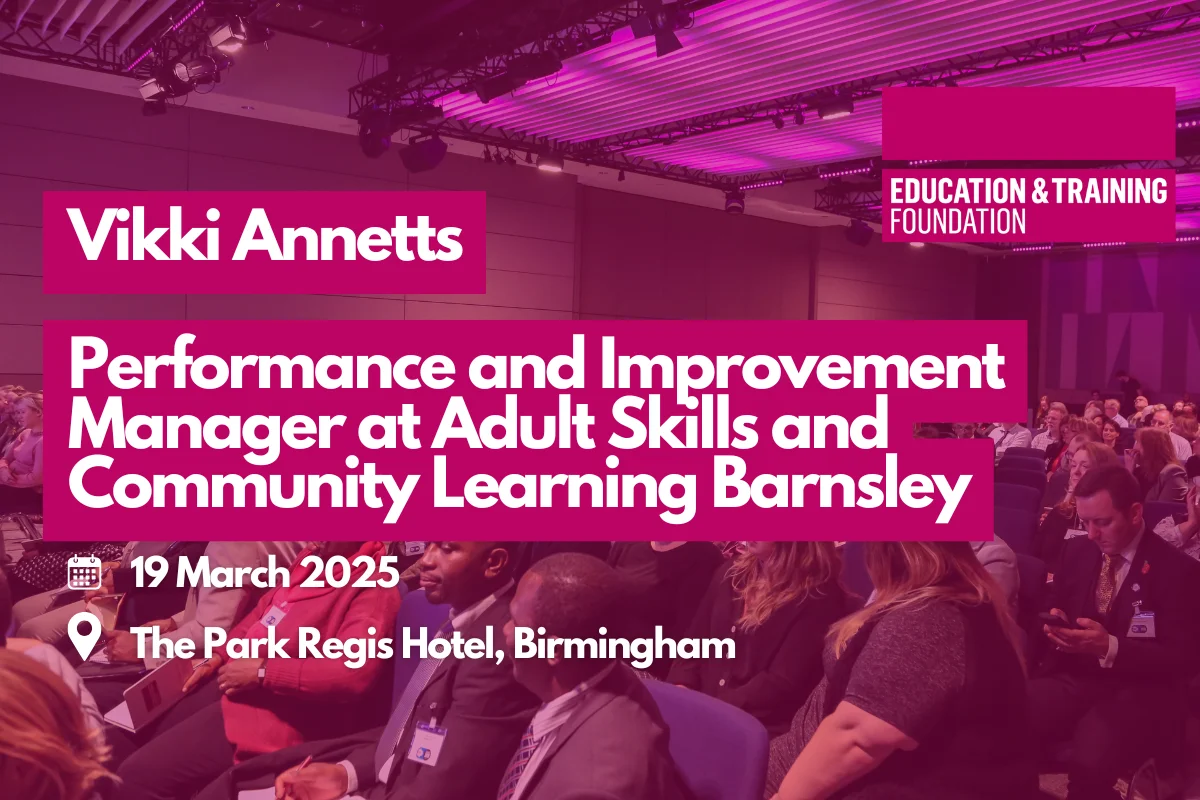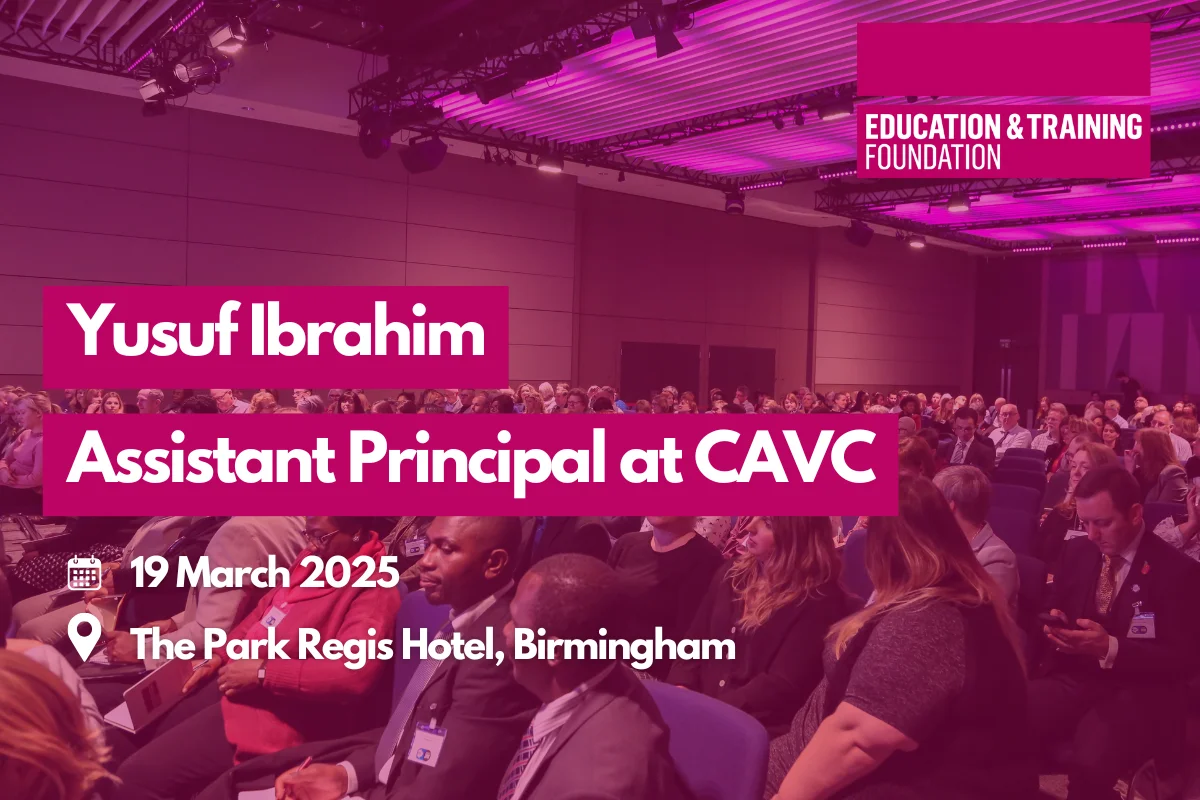New term, new demand for upskilling staff across the board

There are a lot of competing priorities, not least of all the new area reviews of post-16 education and training that Bobbie McClelland, Deputy Director at the Department for Business, Innovation and Skills (BIS), spoke about at the recent ALT Annual Conference.
For many colleagues the start of the new term and a whole new cohort of students will likely have stretched the capacity to its limit, and new systems, tools and procedures put an added pressure on giving learners the best possible experience from day one.
Not necessarily then the idea time to think about professional development or upskilling staff? I think it could be. With learners needing digital skills for life and work, more and more the way we teach, learn and assess their progress during their time in FE should reflect that. Not just for the few enthusiasts who will try any new gadget or technology in the classroom – but across the board in every subject, every workshop, every education and training provider.
One new initiative, funded by the Ufi Trust and involving a whole host of colleges and other partners, including the Association of Colleges and the Education and Training Foundation, is a free and open online course called Blended Learning Essentials. This course tries to help us meet this challenge, to enable every practitioner, manager or Governor to upskill in blended learning. As a partner, being involved in this project has given me a lot to think about which I think will resonate with you:
First, making the course content really practical and worth taking time to engage with. Even a few hours a week can be hard to find and so the course breaks down into small enough chunks to get what you need quickly – including video case studies showing blended learning in a college or training context in action, crib sheets and free to use resources. It’s also not a one/off chance as the course materials remain available so that you’ll be able to go back to anything later. Seeing the course content develop has started to show how much is going on across the sector in a really diverse context beyond those small islands of innovation we often hear about.
Secondly, I’ve been learning more about the Futurelearn platform on which the course is being run. I had heard of Futurelearn before as the UK’s answer to the much-hyped MOOC phenomenon, but I’ve not actually participated in a course they ran properly. The idea to run a course about blended learning online is definitely a challenge, not just for the course designers, but for participants as well. Still, there is a lot to be gained. Delivering the course online means that participants can slowly build digital literacy and skills as they participate and also enables many more people, currently 5000 and counting, to get involved and contribute. Given that the course is for everyone in vocational education and training, the delivery platform has to be able to handle the numbers and this one certainly can. But we are also working to set up local groups of colleges and practitioners led by ‘champions’ of the course who will help make the course come to live not only online but face to face.
Finally, the biggest question is, I think, how to encourage participation from those who don’t yet see how a blended approach to learning, teaching and assessment can have a positive impact on their work and for their learners. From Governors and leaders to managers, technicians, tutors, trainers and teachers, we have identified a long-standing and urgent need for skills development. The course could for example provide a free and flexible resource that could be incorporated into internal CPD activities or staff development.
With a new consultation into digital skills recently launched by BIS and efficiencies and savings needing to be found in every area, Learning Technology is one way to help scale up provision and enhance learner success. Some participants are already thinking about how they can make the most of this new course to benefit their colleagues and learners, and to finish I will share some of their ideas in the hope that it will encourage you get involved.
Do it together: Some providers are setting up their own groups of staff who will be doing the course together – including staff from different campuses across one group or area. Setting up a group, even if it is small to begin with, can help motivate and improve completion rates.
Involve managers and leaders. Real change needs buy in from senior management. This course is suitable for leaders to participate and includes helpful resources not only for learning and teaching, but implementation and management as well. Getting at least one person from the management team or board of governors involved can help build a more strategic approach to blended learning.
Openness. One of the key principles of the course is that the resources and tools included are free to use and usually openly licenced. That means that you can re-mix, re-use and adapt them to suit your context freely. Combined with the case studies and examples included participants will be able to assess what would work in their specific context and take practical solutions and apply them.
The first run of the course gets underway in November. You can find out more and sign up here.
Maren Deepwell is chief executive of the Association for Learning Technology (ALT), an independent membership charity











Responses